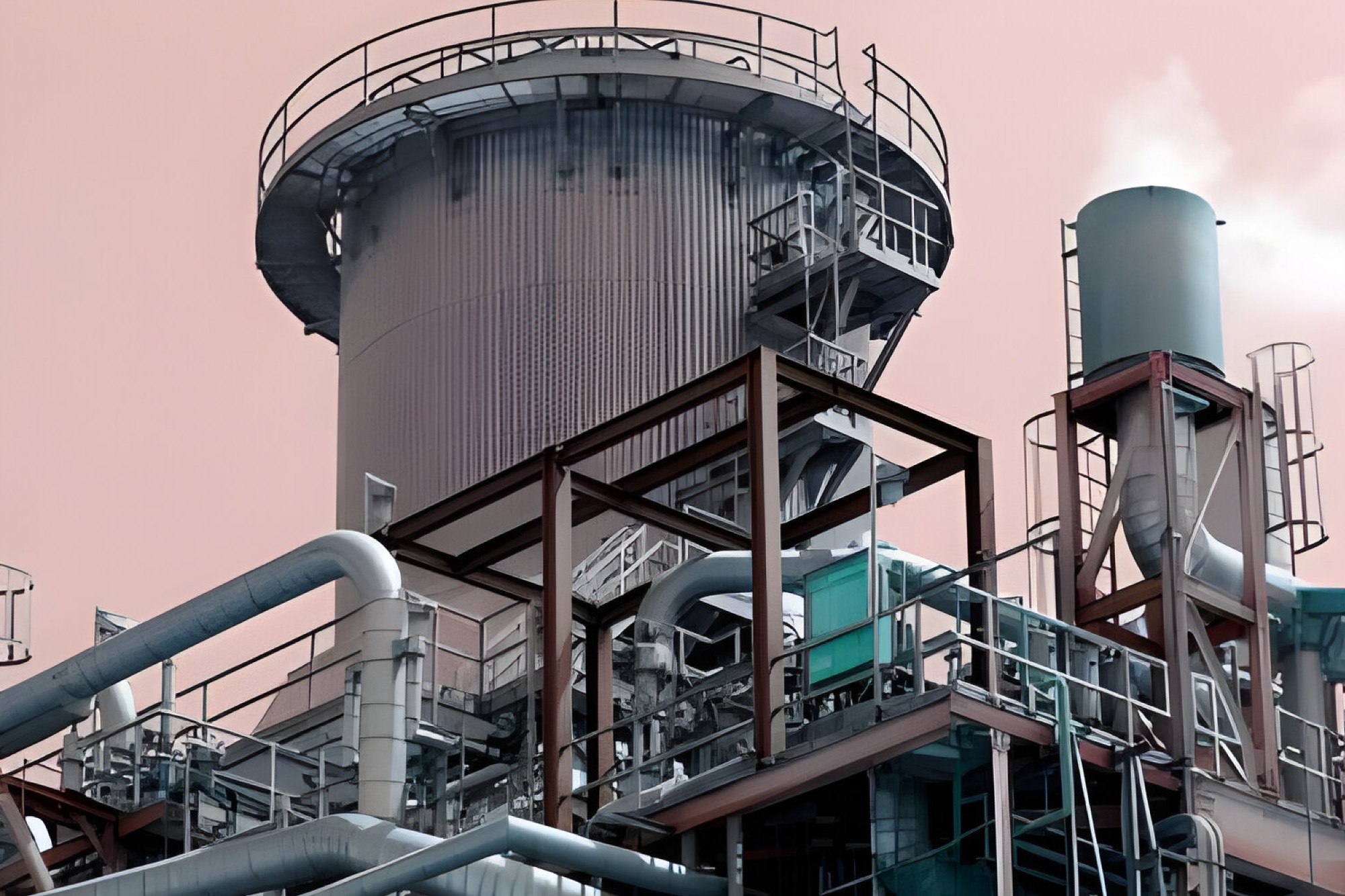CHP technology converts waste heat into energy solutions
By EPR Magazine Editorial July 5, 2024 12:24 pm IST
By EPR Magazine Editorial July 5, 2024 12:24 pm IST

CHP technology generates electricity and thermal energy in various facilities, capturing heat waste and promoting sustainable energy solutions. The process promotes sustainability by using advanced technologies and strategic partnerships worldwide.
Authored by: Koyel Ghosh, Content Lead, Allied Analytics
A combined heat and power (CHP) system, also known as cogeneration, is an advanced technology that efficiently generates electricity and thermal energy using a range of technologies and fuels. With on-site power production, CHP minimises energy losses and heat waste. This heat is used in process heating, steam, hot water, or chilled water production. In addition, it provides reliable power 24/7 in the event of grid outages.
Effective energy solutions
Implementing effective energy solutions in the combined heat and power market is important for promoting sustainable practices. CHP systems achieve higher efficiency than traditional production of electricity and heat energy. They utilise waste heat, achieving higher efficiencies. In addition to generating electricity on-site and using the waste heat for heating or cooling purposes, CHP reduces overall energy consumption and reliance on fossil fuels. Another energy solution by CHP is CO2 recovery, which can be scrubbed and utilised as a cost-effective option. For example, horticultural glasshouse (greenhouse) growers or food and beverage processing plants (carbonation or bottling plants) require CO2. Where there is a low demand for heat but cooling for the process, an absorption chiller can be utilised with the CHP, known as a combined cooling heat and power system, which produces temperatures as low as -5 °C, which enables air conditioning cooling and refrigeration, thus providing cooling recovery.
Sustainable practices
On January 17, 2024, Centrica Business Solutions collaborated with The Pirbright Institute, a health research centre, to implement on-site technology to decrease the building’s net energy consumption by over 10 per cent by 2026. A CHP provides around 75 per cent of Pirbright’s future power needs, which will be incorporated into the building. The CHP plant uses natural gas to generate electricity and hot water at the site. The exhaust gases are further utilised in heat recovery generators to generate steam. This advanced technology reduces the dependency of organisations on the grid. In addition, it allows for lower carbon emissions for the building and reduces the strain on the grid. In periods of peak demand, this means that fossil fuel-powered generators do not need to be used.Green Solutions
Combined heat and power (CHP) and waste heat to power (WHP) systems are used to effectively reduce greenhouse gas (GHG) emissions in three major areas such as the electricity, industrial, and building sectors. These sectors offer the greatest opportunities to deploy CHP and WHP for decarbonisation. Conventional electric generation is highly inefficient, as fuel is wasted during heating. In addition, energy is lost during transmission from the central power plant to the end user. By generating heat and electricity from a single fuel source at the point of use, CHP lowers emissions and increases overall fuel efficiency, allowing utilities and companies to achieve more heat and electricity. Therefore, natural gas-fired CHP can produce electricity with low GHG (greenhouse gas) emissions. WHP uses waste heat from industrial processes to generate electricity with no additional fuel to minimise emissions and reduce costs associated with purchasing power.
For instance, on October 2, 2023, the world’s largest premium rum distillery launched the new CHP system as another milestone towards the company’s ultimate Net Zero ambitions. Bacardi, the leading privately owned international spirits company, announced the launch of its new combined heat and power (CHP) system in Puerto Rico, aiming to reduce greenhouse gas (GHG) emissions by 50 per cent of the iconic BACARDÍ rum brand. This advanced CHP system replaces heavy fuel oil with propane gas, shifting the site to cleaner energy. The system can generate 100 per cent of the energy required for the campus, including the distillery, offices, and the Casa BACARDÍ visitor centre, one of the most visited tourist destinations on the island.
In September 2024, Kazakhstan and Siemens Energy partnered, expressing their commitment to the significant development of Kazakhstan’s energy sector. The meeting served as a platform to review the recently signed Memorandum of Understanding (MoU) in the energy field between the Ministry of Energy of the Republic of Kazakhstan and Siemens Energy. This agreement paves the way for Siemens Energy’s potential engagement in significant energy projects and contributes toward decarbonisation efforts within Kazakhstan.
The future of combined heat and power systems has immense potential, with several developments and partnerships highlighting its benefits. This technology, when used, generates electricity and thermal energy efficiently using a range of technologies and fuels for its utilisation in commercial, institutional, and residential buildings, as well as many industrial facilities.
We use cookies to personalize your experience. By continuing to visit this website you agree to our Terms & Conditions, Privacy Policy and Cookie Policy.